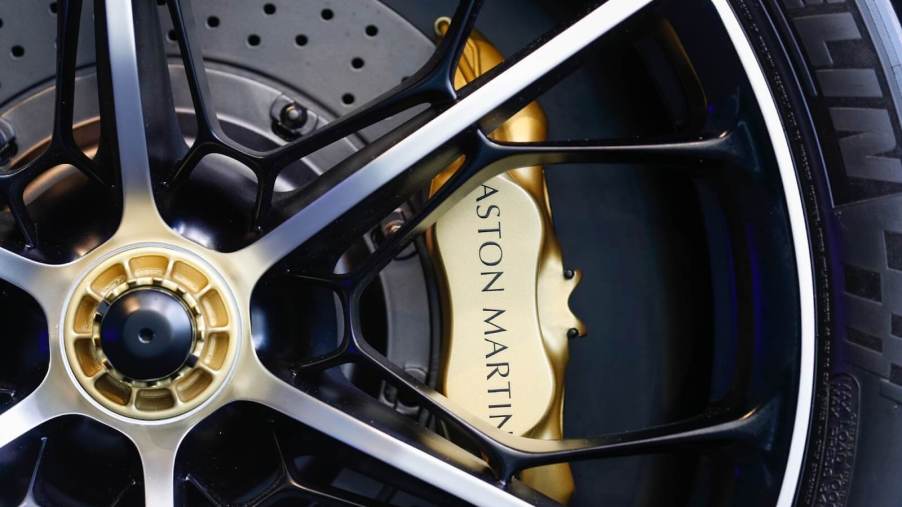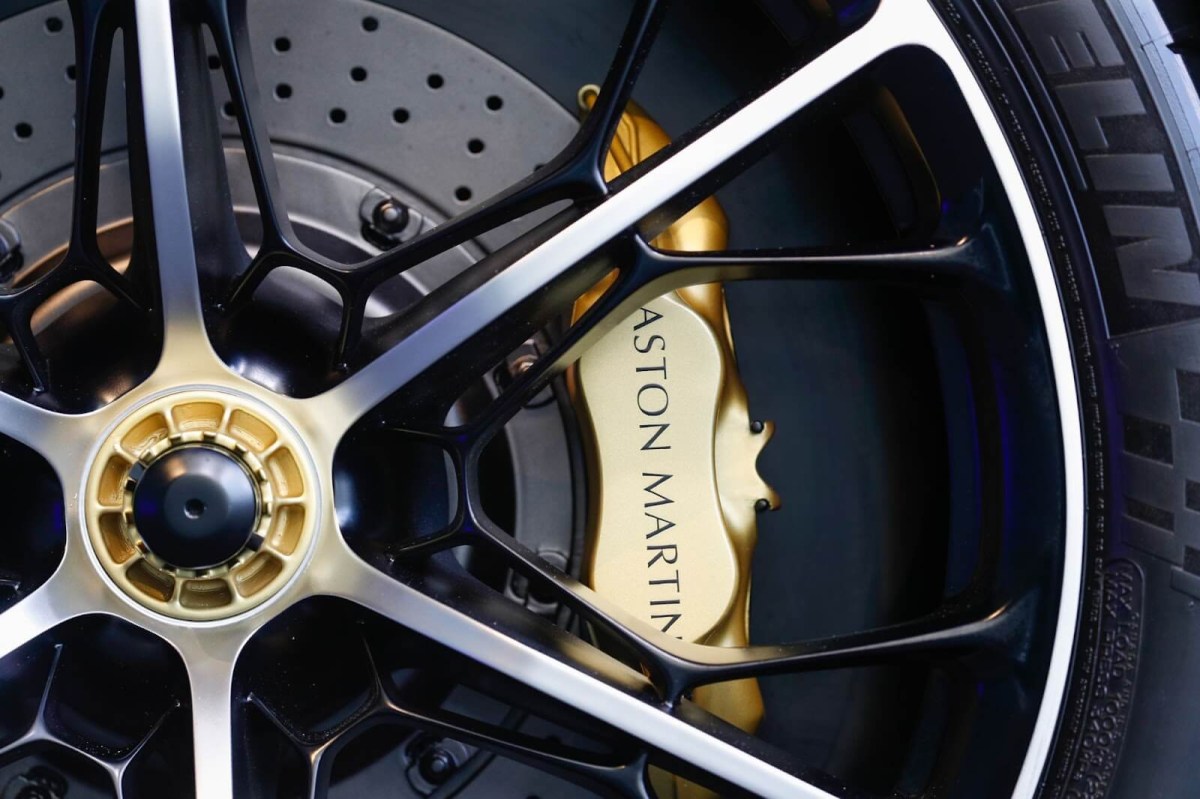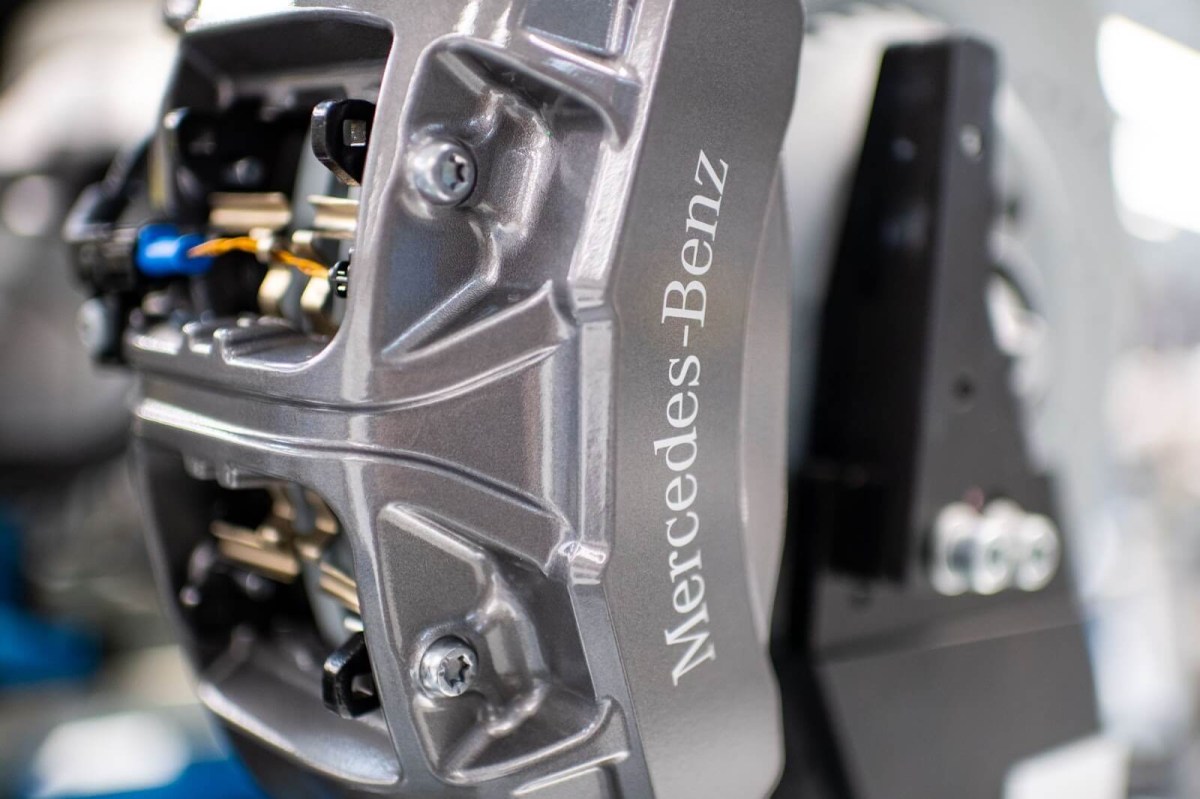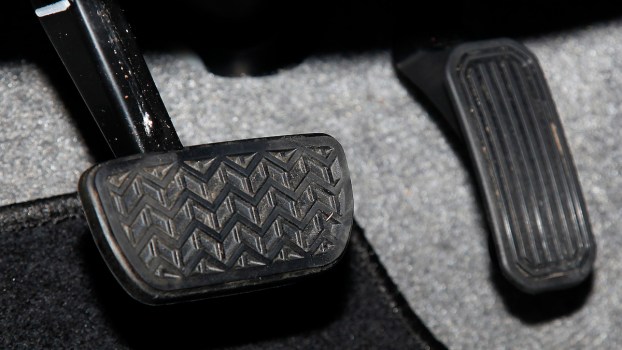
How Hard is it to Change Your Own Brakes?
We’ve all been there. Your car needs new brake pads, but paying a shop will cost hundreds. Looking at the parts, it seems easy to save a bundle by doing the work yourself. But how hard is it to change your own brakes? It may not be as difficult as it seems, but the job will require both patience and attention to detail. After all, these are your brakes we’re talking about. Safety is a number one priority, and understanding your limitations as a DIY mechanic is essential to ensure that your vehicle is safe to drive.
Changing your own brakes is easy if you’re willing to get dirty
The process of changing your own brakes doesn’t require a Ph.D. in mechanical engineering. With just a few essential tools and some common sense, you can swap your own brake pads in a few hours or less.
Most of the work can be done with simple hand tools, though having a torque wrench on hand will make some things more manageable. In addition, you’ll want both blocks and jack stands to ensure you can work safely on your vehicle. Some of the bolts you’ll be removing are tough to crack, so ensuring the car is safely lifted is critical to staying safe while you work.

The process of changing your own brake pads
When changing your own brake pads, you’ll start by getting the car in the air. Be sure you’re working on a sturdy, level surface, such as an asphalt driveway. A floor jack will be helpful, but the scissor jack in your spare tire kit will get the job done, albeit with a bit more elbow grease.
Once the car is in the air, place jack stands under the frame to ensure that it is both stable and unable to move. Then, remove the tires and place them beneath the vehicle’s frame rails. This extra safety measure will keep the car from falling entirely to the ground if the jack stands happen to move.
Now you’re staring at your brakes, and there are bolts, lines, and wires everywhere. This is where things can get daunting, but we assure you, it’s easier than it looks.
Every vehicle is different, so specific YouTube tutorials can help you understand exactly what you’re looking at. In general terms, you’ll remove the bolts that hold the brake calipers in place. These are usually located on the back of the caliper, facing the vehicle. Once these are removed, you can remove the brake pads and check the calipers for any damage.
Resetting your brake calipers to make room for new pads

Now, you’ll want to reset your brake caliper to make room for the newer, thicker brake pads. As your brake pads wear, the calipers adapt to retain brake pressure with less pad material. When you change to new brake pads, you’ll need to reset those calipers to their original positions. A caliper tool is a huge help here, though you can also do the job with a C-Clamp and wood block.
Next, add grease to the backing plate and tabs of the new brake pads. This will help them more easily slide into place and will reduce brake noise when stopping the vehicle. You’ll also want to add grease to the pins that hold the brake calipers in place to ensure they can move more freely. This will prevent the calipers from sticking, which can cause excessive brake heat and wear.
Once your new brake pads are installed, fit the completed assembly back over the brake rotors and replace the bolts. Find the specific torque specs for your vehicle to ensure the calipers are adequately tightened.
Don’t forget to pump the brakes
Before going for your first test drive, be sure to pump the brake pedal. This will re-pressurize the system and press the calipers into place to give you reliable braking power. From here, be gentle on the brake pedal for the first 500 miles to help bed the brakes for improved stopping power and longevity.
Once you’ve confirmed that everything works, you’re all set! You’ve successfully changed your brakes and added a new skill in the process.




